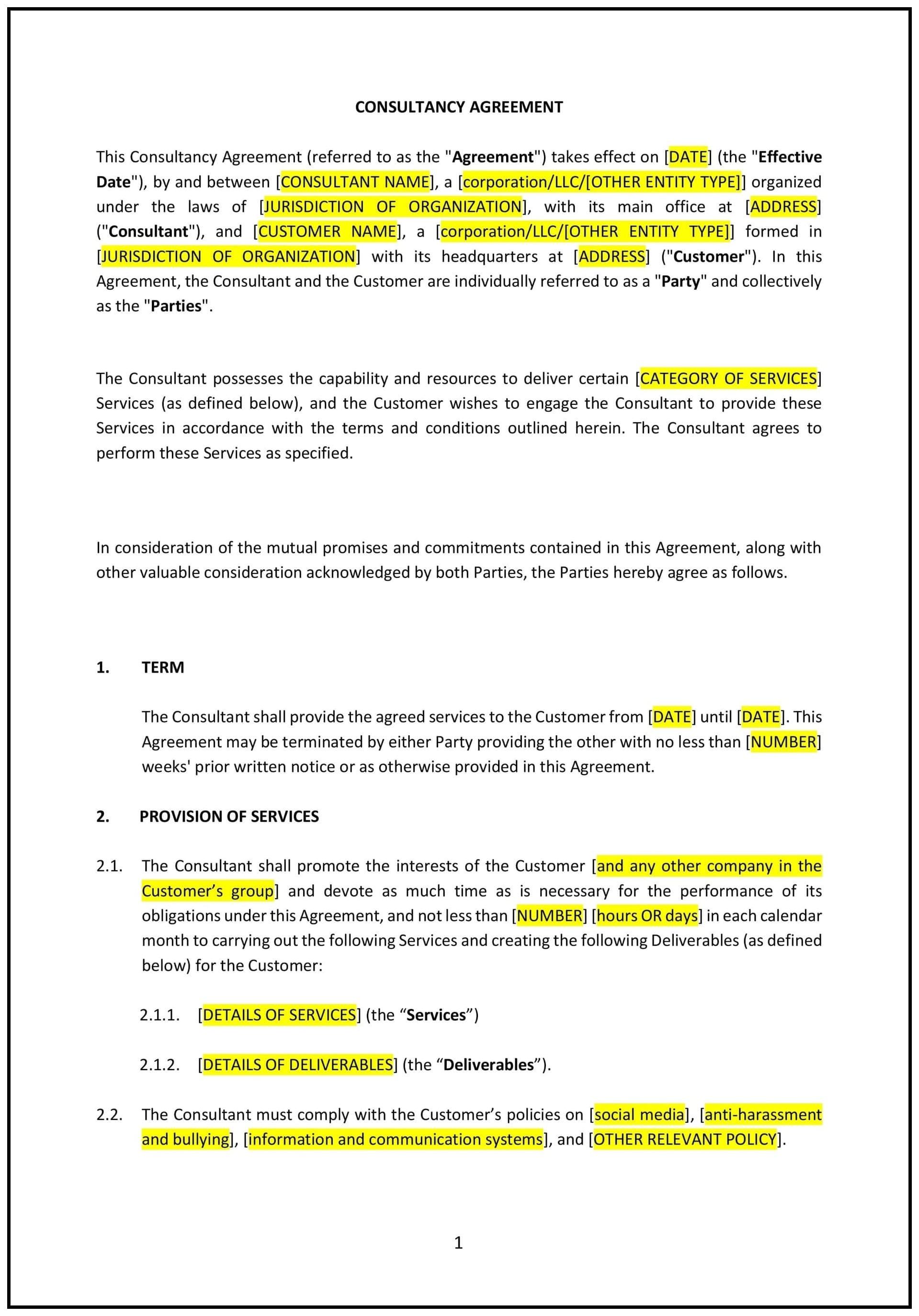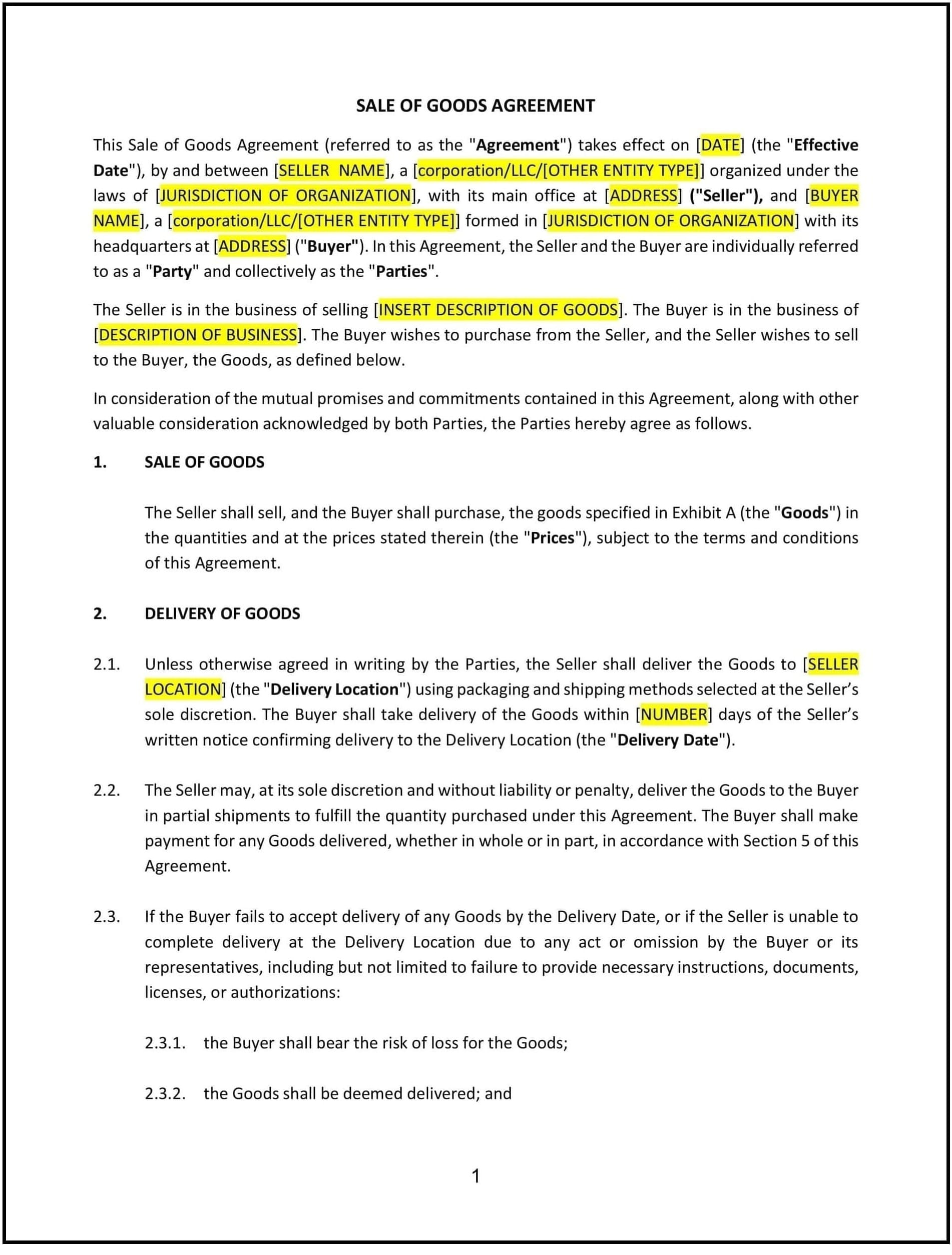Patent License Agreement (Massachusetts): Free template
Patent License Agreement (Massachusetts)
A Patent License Agreement is a legal contract between the owner of a patent (the "Licensor") and another party (the "Licensee"), granting the Licensee the right to use, manufacture, or sell the patented invention under specific terms and conditions. In Massachusetts, this agreement must comply with state laws regarding contracts, intellectual property, and business transactions. A well-drafted agreement ensures clarity, minimizes disputes, and protects both parties' interests.
For example, a tech startup in Boston might license its patented software technology to a manufacturer in Cambridge. A clear Patent License Agreement specifies the scope of the license, payment terms, confidentiality, and other critical details.
Tips for drafting and maintaining a Patent License Agreement in Massachusetts
- Identify the parties: Clearly specify the names, contact information, and roles of both the Licensor and the Licensee.
- Example: “This Patent License Agreement is entered into by [Licensor Name], located at [Address], and [Licensee Name], located at [Address].”
- Define the patent: Clearly describe the patent being licensed, including the patent number, title, and any related intellectual property.
- Example: “The Licensor owns U.S. Patent No. [Patent Number], titled [Title of Patent], which relates to [Brief Description of the Invention].”
- Specify the grant of license: Outline the type of license being granted (exclusive, non-exclusive, or sole) and the scope of the license.
- Example: “The Licensor grants the Licensee a [Exclusive/Non-Exclusive/Sole] license to use, manufacture, and sell the patented invention within [Territory].”
- Address pricing and payment terms: Outline how the Licensee will compensate the Licensor, including royalties, lump-sum payments, or other financial arrangements.
- Example: “The Licensee shall pay the Licensor a royalty of [Percentage]% of net sales generated from the use of the patented invention, payable quarterly.”
- Include performance standards: Detail any obligations of the Licensee, such as minimum sales targets or quality standards.
- Example: “The Licensee shall maintain a minimum sales volume of [Amount] units per year to retain the license rights.”
- Include confidentiality and data protection: Protect sensitive information shared between the parties during the licensing period.
- Example: “Both parties agree to keep all proprietary and confidential information disclosed during the term of this agreement strictly confidential.”
- Define intellectual property rights: Clarify that the Licensor retains ownership of the patent, and the Licensee only has limited rights as outlined in the agreement.
- Example: “All intellectual property rights associated with the patent remain the sole property of the Licensor.”
- Add liability and indemnification: Clarify each party’s liability in case of errors, damages, or breaches of the agreement.
- Example: “The Licensee shall indemnify the Licensor against any claims arising from the Licensee’s use of the patented invention.”
- Include a termination clause: Specify conditions under which the agreement can be terminated by either party.
- Example: “This agreement may be terminated by either party with [Number] days’ written notice or immediately in the event of a material breach by the other party.”
- Outline governing law and jurisdiction: Ensure the agreement specifies that it is governed by Massachusetts law and identifies the appropriate courts for dispute resolution.
- Example: “This agreement is governed by the laws of the Commonwealth of Massachusetts. Any disputes arising under this agreement shall be resolved in the courts of [County], Massachusetts.”
- Include signatures: Both parties must sign and date the agreement to make it legally binding.
- Example: “IN WITNESS WHEREOF, the parties have executed this Patent License Agreement as of the date first written above.”
Frequently asked questions (FAQs)
Q: Can a Patent License Agreement in Massachusetts include restrictions on sublicensing?
A: Yes, the agreement can restrict sublicensing unless explicitly permitted. If sublicensing is allowed, the agreement should outline the conditions under which sublicenses can be granted and whether the Licensor’s prior approval is required.
Q: What happens if the patent expires or is invalidated during the term of the agreement in Massachusetts?
A: If the patent expires or is invalidated, the Licensee’s rights under the agreement may terminate or become unenforceable. The agreement should address these scenarios, specifying whether the Licensee is entitled to refunds or continued use of the technology.
Q: Are there tax implications for royalty payments in a Patent License Agreement in Massachusetts?
A: Yes, royalty payments are typically considered taxable income for the Licensor. The Licensee may also be subject to withholding taxes depending on the structure of the agreement and applicable state and federal tax laws.
Q: How does Massachusetts law handle disputes over patent infringement involving licensed patents?
A: Disputes over patent infringement are typically resolved under federal law, as patents are governed by the U.S. Patent and Trademark Office. However, Massachusetts courts may handle contractual disputes related to the enforcement of the Patent License Agreement.
Q: Can a Patent License Agreement in Massachusetts include provisions for patent improvements?
A: Yes, the agreement can include clauses addressing ownership and licensing of improvements made to the patented technology. These provisions should clarify whether improvements belong to the Licensor, Licensee, or are jointly owned.
This article contains general legal information and does not contain legal advice. Cobrief is not a law firm or a substitute for an attorney or law firm. The law is complex and changes often. For legal advice, please ask a lawyer.


